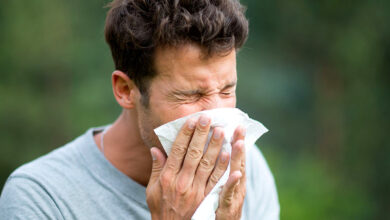Ten sports to help improve anxiety and boost mental health
Editorial Feature
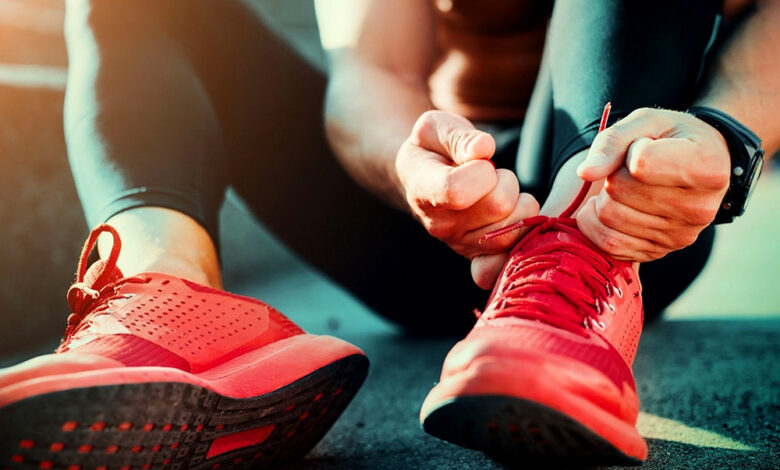
After a year like no other, it’s no surprise that more Brits than ever are battling anxiety, with the end of the summer being nigh, many of us are dreading the arrival of autumn.
For some, it already feels like there is a back-to-school vibe in the air, with a lack of holidays abroad and the summer another wash-out, we’re all still struggling to still see the light at the end of the pandemic tunnel.
To help with those battling anxieties, or what many are feeling right now – a real sense of an unfulfilled time-out, sports therapist and former elite athlete Karen Mack, from Well Lab shares her top ten sporting activities to help us cope with anxious feelings and stop a stressed seasonal transition.
Before you begin…
“Everyone suffers from anxiety and stress during their life – from childhood right through to adulthood. For some people it’s a constant battle and for others it’s a ‘once in a while’ when life throws a few curveballs,” says Karen, who has nearly 30 years’ experience working with international elite athletes.
“Firstly, it’s good to know that there are two different types of anxiety, Acute Anxiety and Chronic Anxiety. Acute Anxiety is caused by an active stress response – something short lived, whereas Chronic Anxiety is caused by chronic stress (stress-response hyperstimulation) where the stress hormones stimulate the body over a longer period.
“Some people are lucky enough to manage their stress and anxiety and deal with the situations or events causing it whilst for other people it’s not as easy to switch off those feelings of irritability, anger or moodiness.
“Sadly, there isn’t a one-fix-all answer when it comes to anxiety – it’s a very personal problem. Advice, nutritional plans and the thousands of products on the market offering to help you cope better might not work for you.
“However, exercise can be the key to unlocking some relief. There’s such a powerful link between your mental and physical health. I love the saying, “the body is the mind, and the mind is the body.”
Karen advises that anyone suffering with anxiety should always consult their doctor about treatment options and before you start an exercise programme of any kind. Inspired by her clients across her career, Karen shares her top ten sports to get those endorphins pumping.
1. Dancing
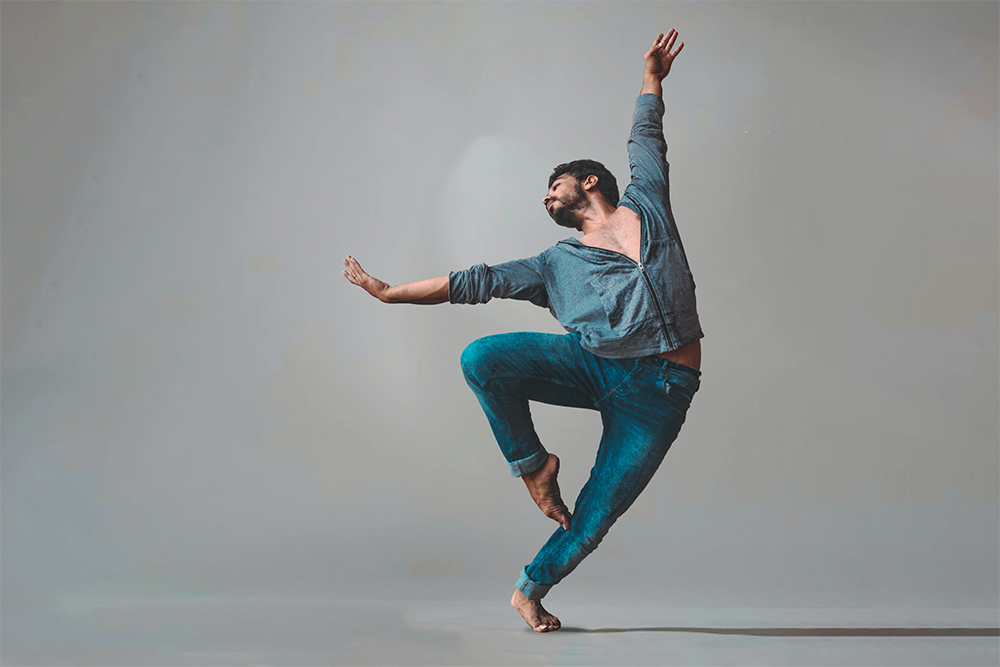
“Dancing isn’t just for entertainment it can help control your emotions. You can literally dance your stress out,” continues Karen.
“We all know around this time of year Strictly fever is pending, where dancing spills throughout the UK and gives many the inspiration to put on their own dancing shoes. When we dance, we don’t only improve our physical health, but our mental health too.
“We release endorphins and elevate dopamine the two neurotransmitters responsible for feelings of pleasure and happiness. It lifts mood, as well as improving posture, flexibility and increases aerobic power and strength. Dancing is also great for building social bonds – something that also helps reduce stress and anxiety. Many will quickly focus on the moves or routine as well as the beats of the music rather than the causes or feelings of anxiousness.
“Individuals could try anything from salsa, tap dancing or even find a local tea dance – just remember to not worry about if you can or can’t dance, even if you hail back to your school disco moves, the benefits can be the same!”
2. Yoga
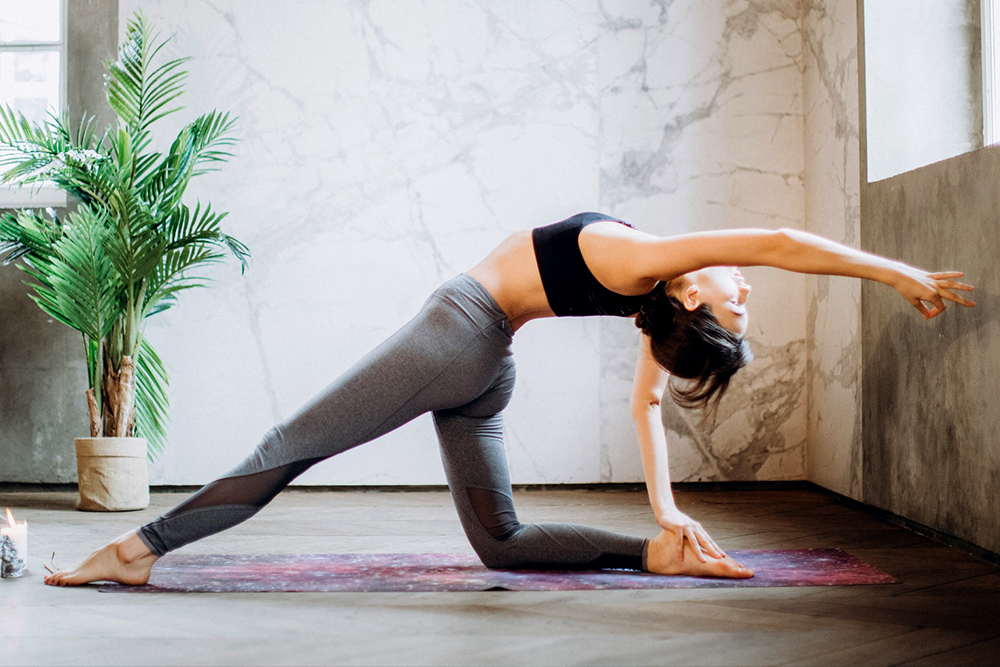
Karen continued: “The breathing and stretching involved in yoga, is an excellent stress-relief activity. It involves a series of moving and stationary poses, or postures, combined with deep breathing. These are all mind-body activities that strengthen your body’s natural relaxation response to anxiety or stress.”
But be wary says Karen, some types of Yoga are not ideal if the main goal is to ease anxiety: “For relief from anxiety or stress opt for gentle yoga, or yoga for beginners, I wouldn’t suggest power yoga – as this may be too intense.”
3. Tai Chi
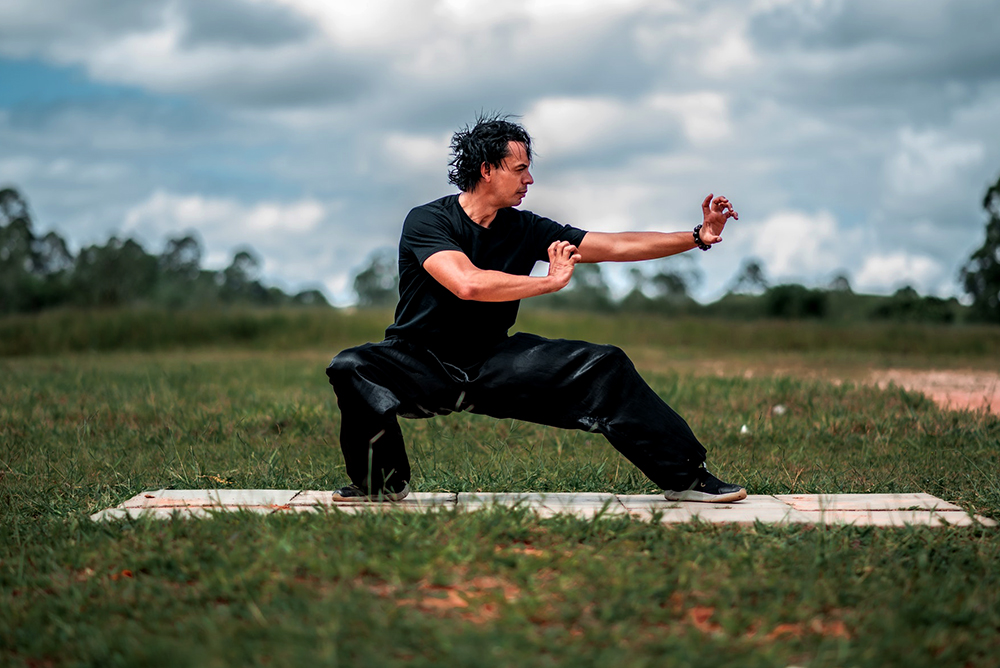
Like yoga, tai chi is a series of self-paced, flowing body movements and breathing techniques.
Karen added: “Although many of the movements involved in tai chi have their roots in martial arts, it is a sport that is meant to help calm the mind and condition the body. From my experience, this can even go as far as helping to build bone density, but is also great at lowering blood pressure, boosting the immune system and helping with conditions such as arthritis and fibromyalgia.”
Karen also promotes the fact that tai chi can be a do-anywhere sport, and requires no equipment: “You can practice tai chi anywhere, anytime – making it such a good activity to turn to when your anxiety is mounting, or around key trigger points or events.”
4. Kickboxing
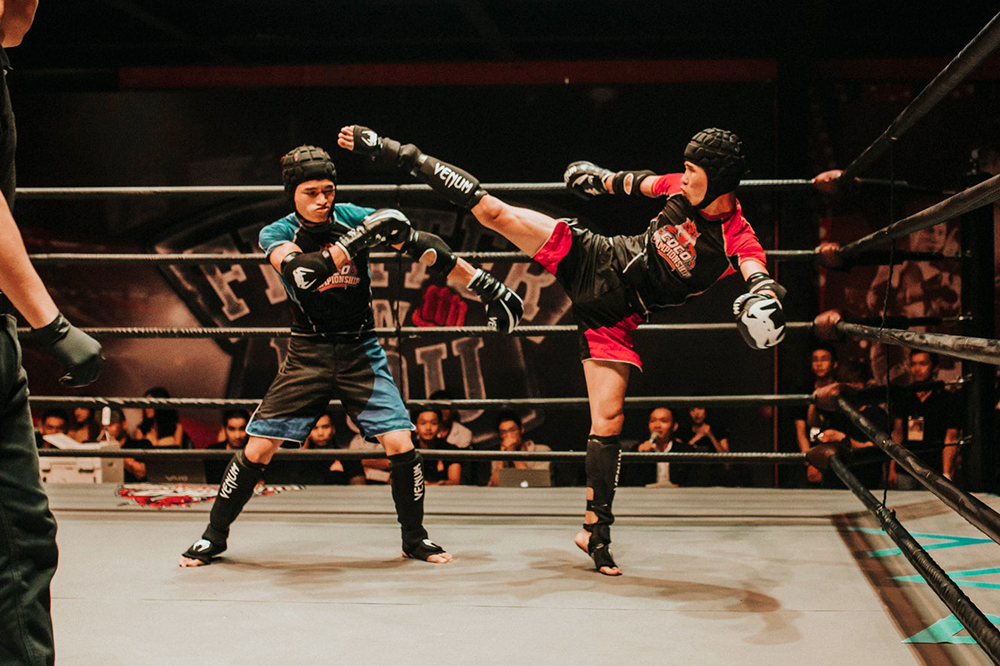
For those that are looking for a more intense workout, kickboxing can be a great sport to try.
Karen said: “Kickboxing is one the perfect stress and anxiety reliever exercises. It’s a disciplined sport but you can really take out some built-up angst and get quite rigorous with the punching and kicking movements involved.
“If you kickbox regularly, it will also help you improve your balance, flexibility, and coordination. A good class at a local gym or following the array of YouTube workouts are an easy way to start this sport.”
5. Team sports

“Being part of a team whether that’s friends, family, co-workers, or members of your local community can really help make you feel good,” says Karen.
“One of the best ways to fit exercise into your schedule is to round up friends and family and organise a game of tennis, football or even rounders – just three of so many choices.
“It’s a double whammy when you choose to do your exercise in a team not only are you having fun with friends and loved ones, but you’re also working up a sweat and releasing endorphins.
“Furthermore, it can kick-start your competitive streak and helps to push some people harder than usual – improving overall wellbeing.”
6. Swimming
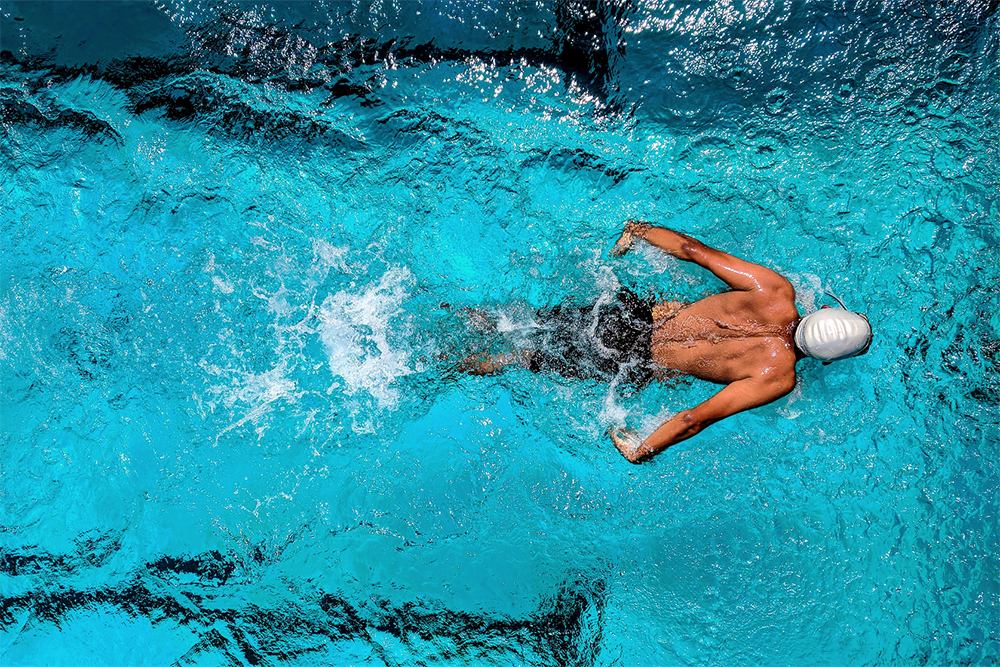
If you’re more of a water baby at heart, then taking a dip might be more up your street to help break the cycle of anxiousness.
Karen continues: “During swimming you require lengthy muscular movements and deep controlled breathing. This will help stimulate the brain to increase nerve cell development and help produce endorphins and other stress reducing chemicals.
“During your laps, you will also stimulate neuronal development and new activity patterns in the brain that is linked to emotions of calmness. It’s been proven that even just swimming half an hour at a time regularly, is known to help you get forty winks as well as lowering incidences of depression and anxiety.”
7. Cycling
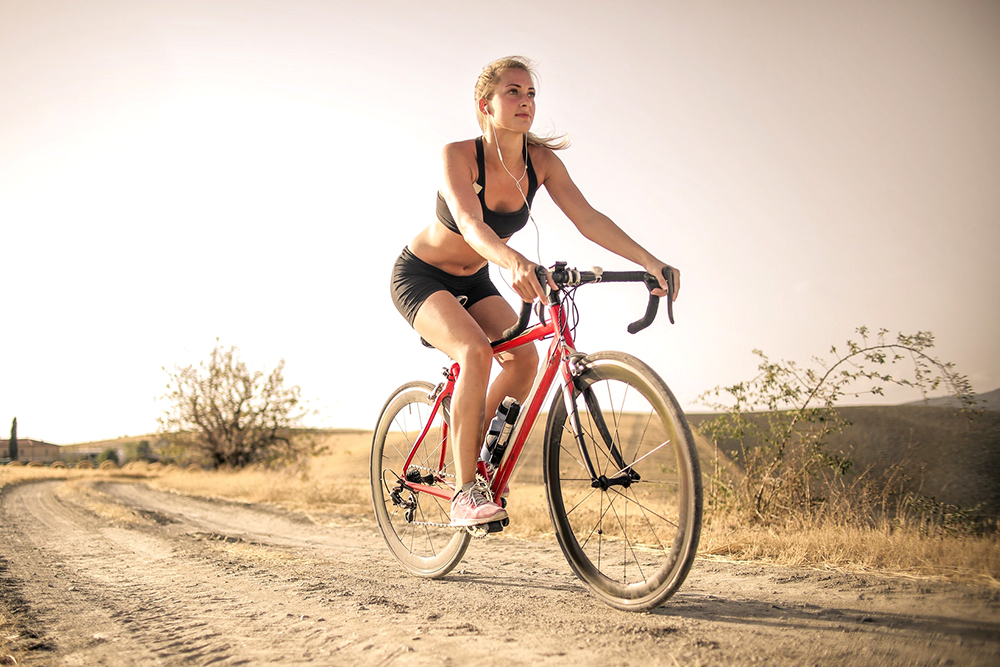
Cycling is one of the best forms of cardio that will not only keep you in shape and physically fit but will also improve your mental health.
“During cycling the level of cortisol (the stress-causing hormone) reduces in the body and, when cortisol levels are high, it disturbs the body’s sleep schedule,” explains Karen.
“Cycling will therefore increase the level of serotonin, which will help improve your sleep. We all know that a peaceful night’s sleep can prevent certain mental troubles and help us deal with all matters of life in a much calmer manner.
“Also don’t forget cycling outside brings a wealth of further benefits – even just soaking up any sun will help with your vitamin D intake, which can help prevent anxiety.”
8. Spinning
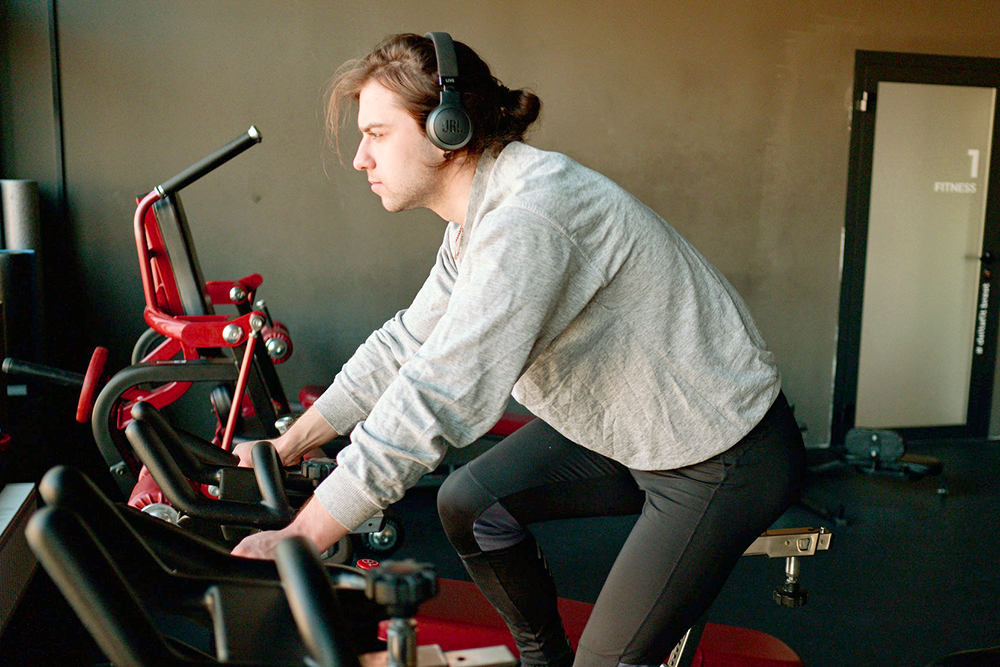
Spinning, which is still cycling, but a high intensity version, can bring even more benefits to participants.
People who experience stress and anxiety, benefit the most from spinning and cycling. In fact, one study showed that cycling is just as effective as or even more effective than psychotherapy.
Karen added “After every spinning session, our bodies improve their ability to regulate cortisol and adrenaline production, two of the important mood hormones. The result is an increased ability to handle stressful situations which can help greatly if you suffer from anxiety.”
9. Running
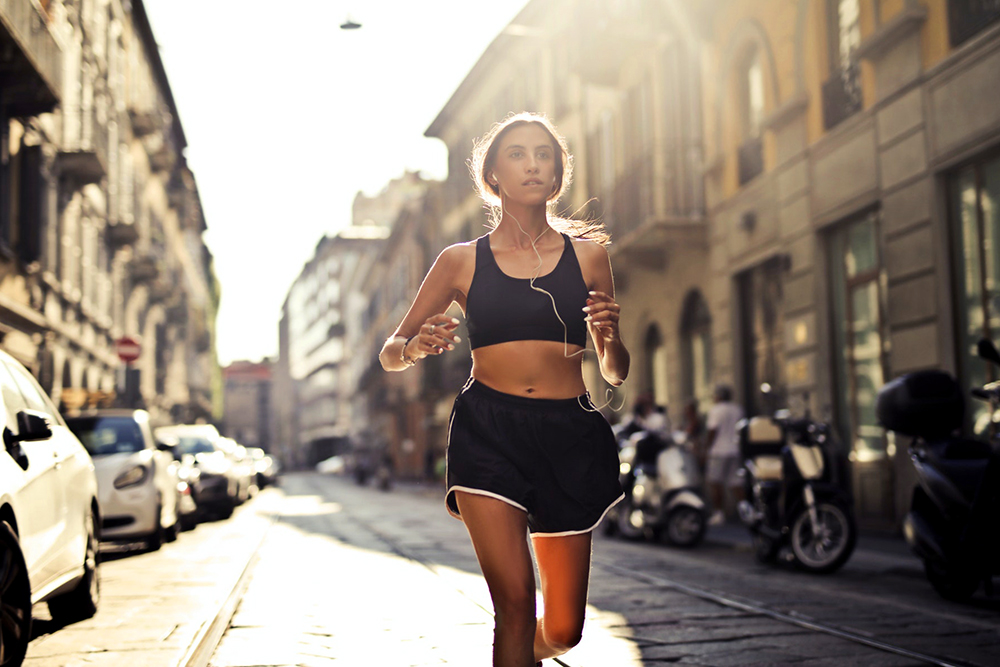
According to research running for just five minutes a day might help you live longer.
Karen explains: “Running will burn calories, reduce food cravings and lower risk of heart disease but more importantly it has shown to improve your mood in many ways.
“It causes lasting changes during and after exercise in the feel-good neurotransmitters serotine and norepinephrine. If you are not usually the running type, then don’t panic! An easy way to start running is by jogging one minute and walking for two minutes over a 10-20minute period. This is the structure in the very popular Couch to 5k, which is now supported by the NHS, so if you want further support or guidance this is a great go-to app.
“Start slowly and get out in the fresh air, whatever the weather. Also, whilst you’re out and about take in your surroundings – use every one of your senses to absorb your route and breathe in the fresh air. This will all help you focus on the here and now and hopefully help shift some anxiety.”
10. Walking

Finally, it might seem like the simplest of activities with many even sitting on the fence when it comes to calling it a sport, but walking is free and one of the easiest ways to start getting active, lose weight and become healthier.
Karen says: “Regular walks can cause fewer occurrences of several stress-related illnesses, including high blood pressure, cholesterol, type 2 diabetes, and cardiovascular disease. Walking can promote deeper breathing, release tension in muscles and has calming effects on your neurological system.
“Walking briskly (about 2-3mph pace) for 10 minutes a day will help you burn excess calories, build stamina and help with a healthy heart.”
Find out more at welllab.co.uk
To see your company in any upcoming features we are arranging please email laura@hurstmediacompany.co.uk or editorial@hurstmediacompany.co.uk





